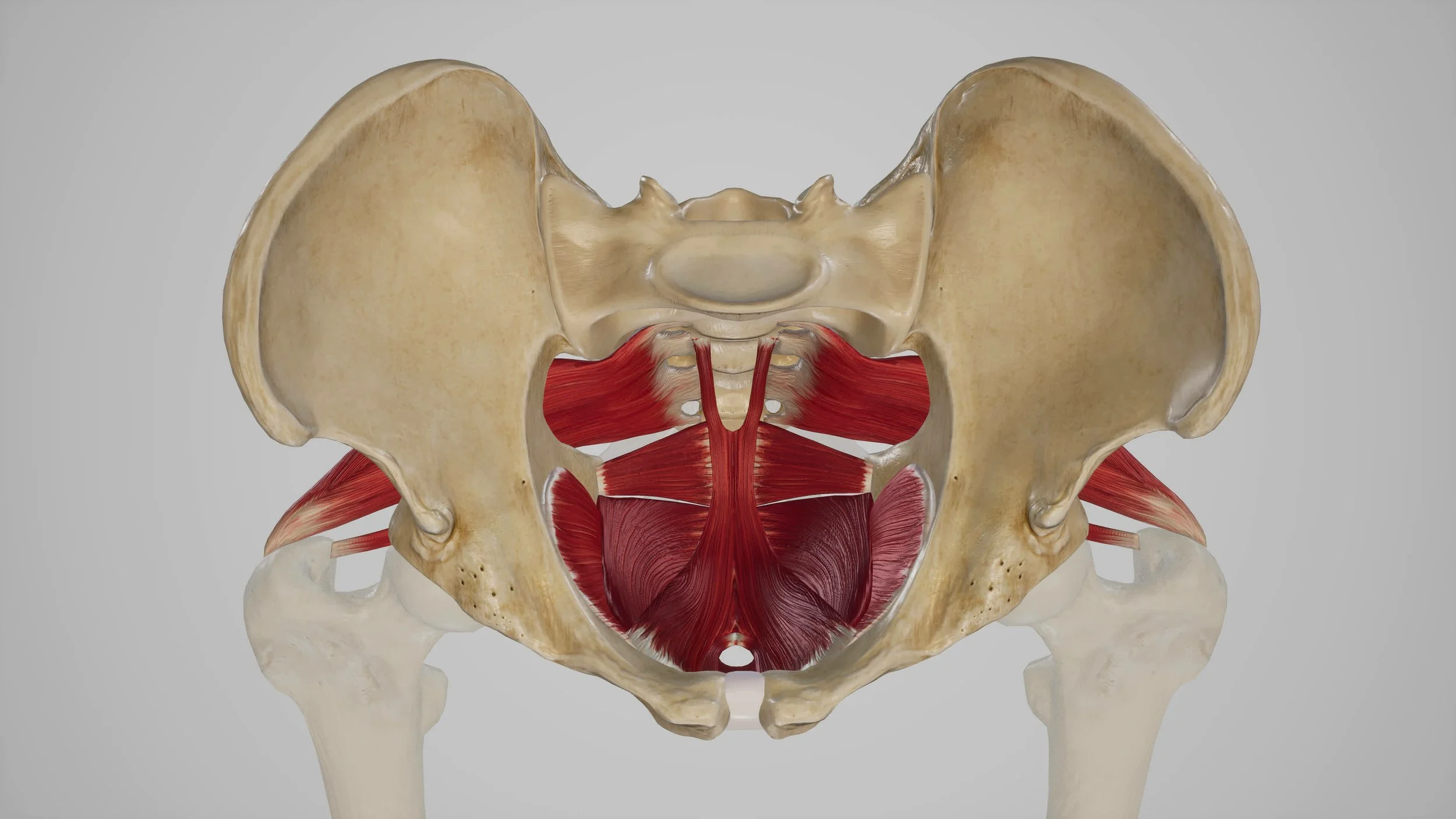What is Dry Needling and How Does it Work?
While the name of the treatment may sound intimidating or scary, dry needling is safe, minimally discomforting and often an effective technique for patients with certain musculoskeletal presentations. Dry needling is a treatment performed by skilled, trained physical therapists, certified in the procedure. A thin monofilament needle penetrates the skin and treats underlying muscular trigger points for the management of neuromusculoskeletal pain and movement impairments.
What’s a trigger point, you ask? It’s a tight band in a muscle fiber that can cause disruption in function, change or restrict range of motion, or can cause pain and tenderness. When the trigger point is treated with dry needling, it can increase blood flow and decrease tightness and pain.
We Typically Use Electronically Stimulated Dry Needling
Although dry needling sounds very similar to acupuncture, and they use similar equipment, they are entirely different procedures. Dry needling is performed by different practitioners with different training. Acupuncture is based on Eastern medicine, while dry needling is rooted in Western medicine and evaluation of pain patterns, posture, movement impairments, function and orthopedic tests.
In fact, at Klein Physical Therapy, we typically use electronic stimulation when we dry needle. The electronic “stim” helps with more effective release and also improved facilitation of the muscle as well (how it contracts).
Who can Benefit from Dry Needling and is it Painful?
Dry needling is typically used as one treatment in an overall plan that may also include physical therapy, heat therapy and education. Those patients experiencing any of the following symptoms, may benefit from dry needling: joint or disk problems, tendonitis, migraines, jaw and mouth problems, whiplash, pelvic pain, phantom pain, or spinal problems. Patients who are pregnant or who are very afraid of needles should avoid this treatment in the first trimester and consult with a medical professional before moving forward.
Dry needling may benefit me, but will it hurt? Dry needling can be painful depending on the severity of the injury and the location of the sore or tight muscle(s). The muscle may experience a slight contraction once the needle is inserted through the skin which may cause some pain or twitching. Interestingly enough, this reaction can be a good sign because it means the trigger point has been hit.
After the treatment, patients may experience soreness in the area for up to 48 hours, but this should not be cause for concern. Each patient should always keep open communication with their provider should they be experience pain that lasts for more than 48 hours or if they feel the pain is too intense.
Possible Side Effects from Dry Needling
Although there are typically always minor side effects with dry needling, such as bruising, minimal bleeding or temporary soreness, major side effects are extremely rare. The biggest risk factor to always double check with your provider is if they’re using sterile needles and that they dispose of these needles after each treatment. Also, be very sure that your practitioner is qualified, educated and trained in this method. Pneumothorax (when needling in the lung field) is a rare possibility. That’s why it's so important to go to a provider who is proficient at it. (Hint: we are highly experienced in Dry Needling)
Conclusion on Dry Needling
Overall, dry needling can be effective if used within a comprehensive health plan. It’s always a good idea to look at the root of the problem and try to prevent injuries first. Be sure to seek out a medical professional you can trust and who has a legit background in dry needling. Lastly, dry needling isn’t always covered by health insurance agencies. Be sure to call your health insurance provider to inquire about costs first.
Interested in Dry Needling? Come in for a Discovery Session at Klein Physical Therapy, P.C.









